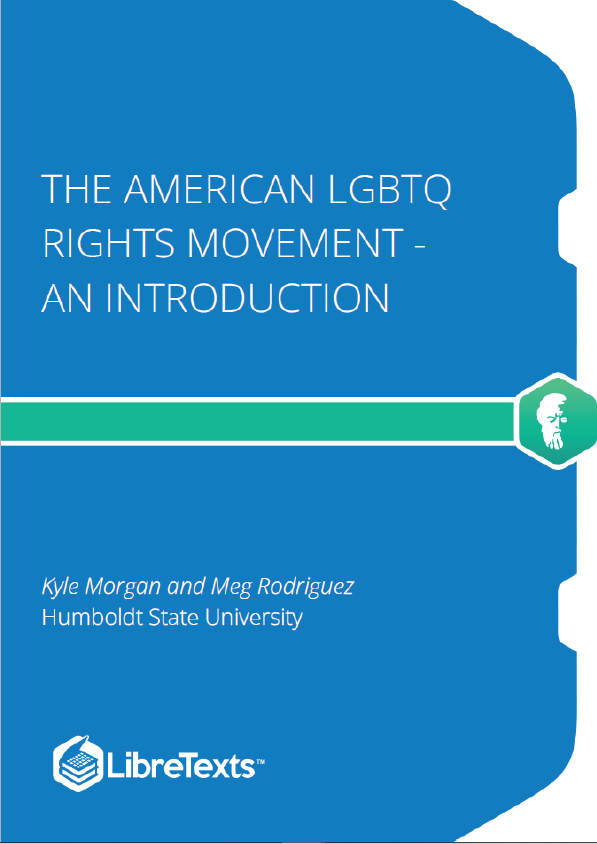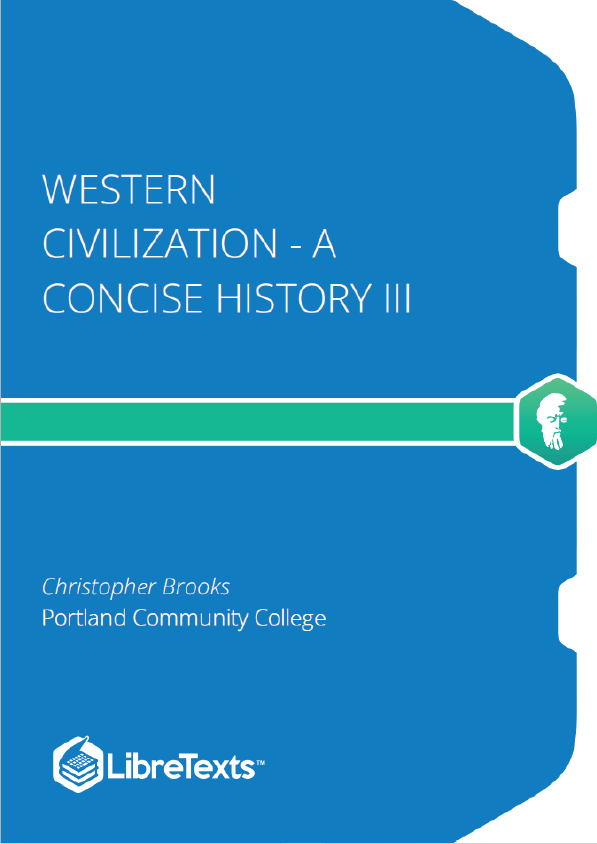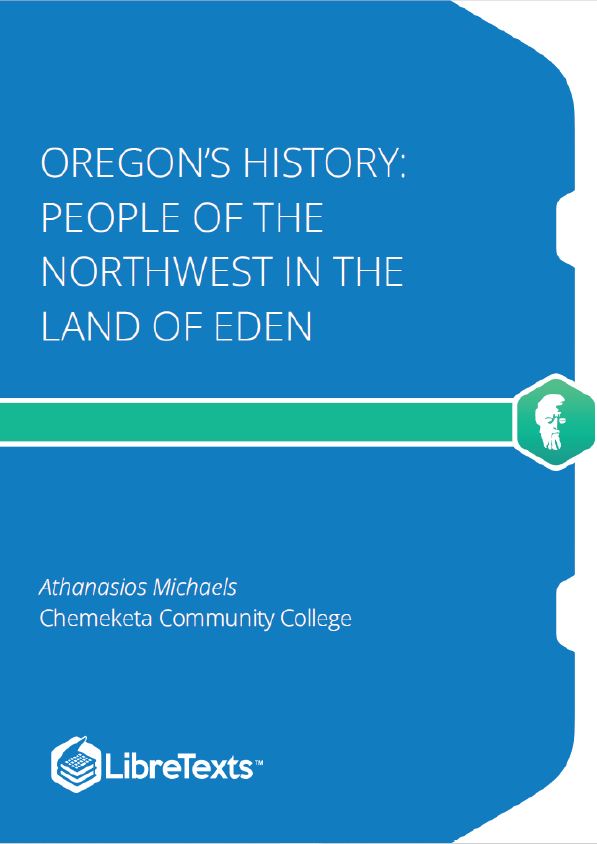Removal from the Great Plains
The land so coveted—both by those who were arriving in North America during the 1870s and 1880s and by the descendants of earlier immigrants—was part of an ever-shrinking Permanent Indian Frontier. The frontier stretched from the eastern Great Plains to the edge of the West Coast. These lands had originally been guaranteed to Native American tribes in exchange for their acceptance of their forced exclusion from lands east of the Mississippi River. Before the end of the Civil War, however, some of the original treaties with natives were being “renegotiated” to satisfy the wants of land speculators and fulfill the needs of landless farmers. In addition, little effort was made to coordinate the forced migration of Eastern tribes with those tribes that already occupied the Great Plains. As a result, numerous conflicts placed various tribes in opposition to one another in ways that reduced the likelihood of cooperation and Pan-Indian identity.
The Great Plains region was a melting pot long before settlers of Anglo, Asian, and African descent arrived in large numbers following the Civil War. The northern plains were home to a variety of tribes, many of whom were part of the great Sioux nation and spoke similar languages. The tribes of the central plains migrated throughout the region, while the Five Civilized Tribes of the southeast had been driven to reservations in present-day Oklahoma. Most tribes that were native to the Great Plains maintained migratory lifestyles, while some such as the Pawnee built and maintained lodges. Others such as the Cheyenne and Lakota Sioux had adopted the horse centuries before Anglo settlement and were migratory hunters of bison and other game.
Few Anglos perceived the differences between the various communities and tribal federations throughout the plains. Many also failed to recognize that groups such as the Pawnee and Lakota each contained many independent tribes. The misperception was not simply an accident. Recognition of the diversity and sovereignty of thousands of tribes stood in the way of the federal government’s goal of devising a few treaties that might bind all native peoples to its policy of removal. As a result, the practice of generalizing native life and culture within a given region is tangled within the exploitative practices of the past. While recognizing the liabilities of the task, the historian must still attempt to offer the public a basic overview of life on the plains prior to Western expansion.
Most native societies revolved around communal concepts of life and work that emphasized the tribe as an extended family. Natives constructed their own notions about the separate sphere between male and female roles in society and the family. In general, they established gendered concepts of work with certain tasks being divided among men and women. Many tribes were matrilineal, meaning that men were absorbed into their bride’s extended family network and women were recognized as leaders within the home. Women were deeply respected and in charge of many essential aspects of tribal life, such as farming and the home and hearth. Even in matrilineal societies, tribal leadership of religious and political activities was usually dominated by men. One exception was that women often held a prominent role in diplomacy, which was viewed as an extension of kinship.











